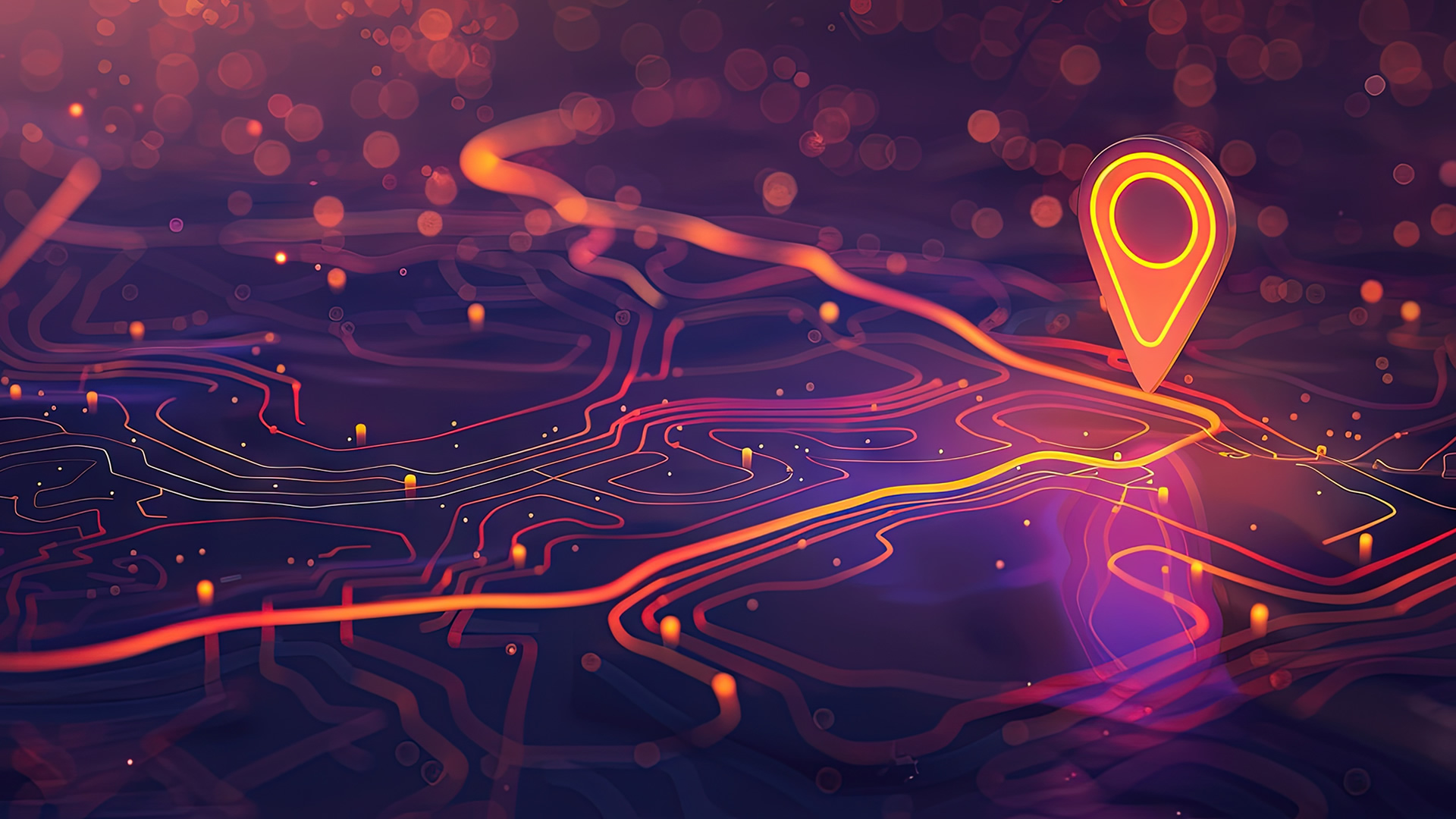2023 ANA Individual Innovation Award Winner: Robin Austin
“The first time I saw our (MyStrengths+MyHealth (MSMH) mobile app) dashboards outside of the OR, I was struck by it,” said Robin Austin, PhD, DNP, DC, RN-BC, FAMIA, FNAP. “I was inspired by how much it helped decrease the anxiety of patients’ families as they saw where things were going in their procedure.”
Leveraging Technology to Amplify the Patient’s Voice
“The first time I saw our (MyStrengths+MyHealth (MSMH) mobile app) dashboards outside of the OR, I was struck by it,” said Robin Austin, PhD, DNP, DC, RN-BC, FAMIA, FNAP. “I was inspired by how much it helped decrease the anxiety of patients’ families as they saw where things were going in their procedure.”
Austin recalls how her work as an operating room nurse inspired her career path and the eventual development of a whole-person health mobile app. As her hospital went paperless, her penchant for technology took root.
“I was really interested in how technology not only makes things better for nurses at the bedside, but also how it can benefit patients, their families, and other caregivers,” Austin said.
Austin earned her DNP in nursing informatics. With an interest in electronic health literacy, she set out to understand how technologies were helping patients understand their health. She pursued her PhD at the University of Minnesota, where she is now an assistant professor. When her mentor and advisor, Karen Monsen, PhD, RN, FAAN, suggested creating an app, the seed for the MyStrengths+MyHealth (MSMH) mobile app was planted.
“We were at a meeting with some public health nurses who were working with families with special needs children, exploring the strengths of those families to help those kids,” Austin explained. “I thought that was such a cool perspective. We don’t really talk about what strengths people bring to the table – but instead their deficits and challenges.”
This mind shift was the impetus for Austin’s work on MSMH. The app enables a comprehensive whole-person health assessment, including behavioral and social determinants of health (SDOH), from the individual’s perspective. Using MSMH, individuals can self-report their whole-person health data including SDOH data, as strengths, challenges, and needs. That assessment spans 42 discrete concepts across 4 domains (My Living, My Mind and Network, My Body, and My Self-care). The perceived needs are Check-ins, Hands-on Care, Info/Guidance, and Care Coordination.
“Monsen is an expert on the standardized health care terminology called the Omaha System. She suggested we use that as a framework to use structured data on the back end,” Austin explained. “Starting with an app that has the ability to structure the data on the front end and is consumer-friendly was where we started in 2017. It’s how we started our model before piloting it at the Minnesota State Fair.”
Equipped with a “Show Us Your Strengths!” sign, Austin and team introduced the app to the Minnesota community at the state fair through two pilot programs. They generated a positive response from users who were happy to be asked about what was going well in their health and encouraged further development.
Following the pilot, the terms in the app were community-validated to ensure plain language and accessibility. That community feedback was key and led to many revisions to both language and the user experience. All language and terminology in the app today are at a 5th-grade reading level.
MSMH creates a self-generated report for individual users to download or print and use to reference their health strengths and needs, but it also employs the data collected from the app in aggregate. All data on the back end is de-identified and can be used to analyze trends from a specific patient population. This enables deeper dives into specific topics and could be used to inform policy or serve as the impetus for community projects.
“We’ve provided the data back to the community to ask, ‘what would you like to do with this?,’” Austin said. “Working with one community partner, we were able to identify widespread challenges with sleep. The community is now empowered to create programming around sleep to reinforce its importance to overall health.”
Today, the app has been used by more than 1,200 adults. As its popularity grows, users are interested in sharing the information with their providers, which could signal what’s next for MSMH.
“The next step for us is to show the clinical utility of it,” Austin said. “How do we start moving what the patient filled out on one side into the clinical conversation?”
Austin is most proud of how MSMH engages the community and gives patients a voice in their care.
“We really don’t have the patient’s voice in the electronic medical record per se,” Austin said. “This is a tool we can use to include that voice – and even the community’s voice at large.”
Monsen was hugely influential in the development of the app and the chief mentor who guided Austin along her way. Austin was also deeply influenced by her parents who worked in tech and introduced her to computers at a young age. She encourages other nurses who are getting started on their own innovation journey to be persistent and find their support system.
“I had a mentor who stopped me cold when I was feeling like I didn’t belong. She said, ‘if not you, who?’ I didn’t have a response,” Austin said. “Getting comfortable with being uncomfortable is very challenging, but it means you’re learning. Find people who think like you do, your mentors and your colleagues, and strategize with them to move things forward.”










